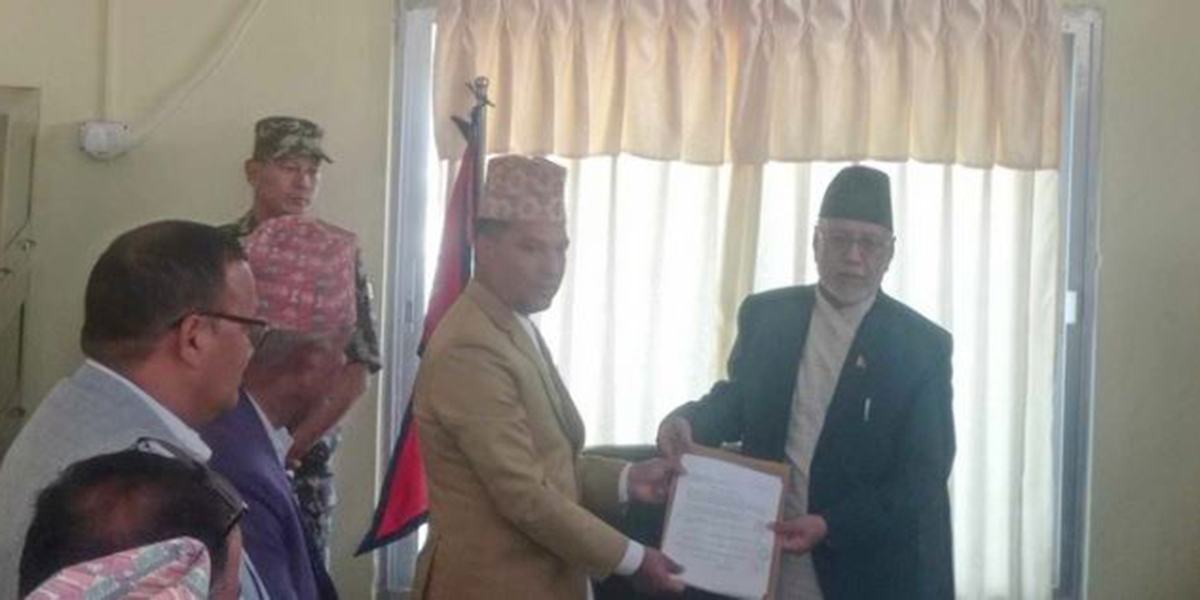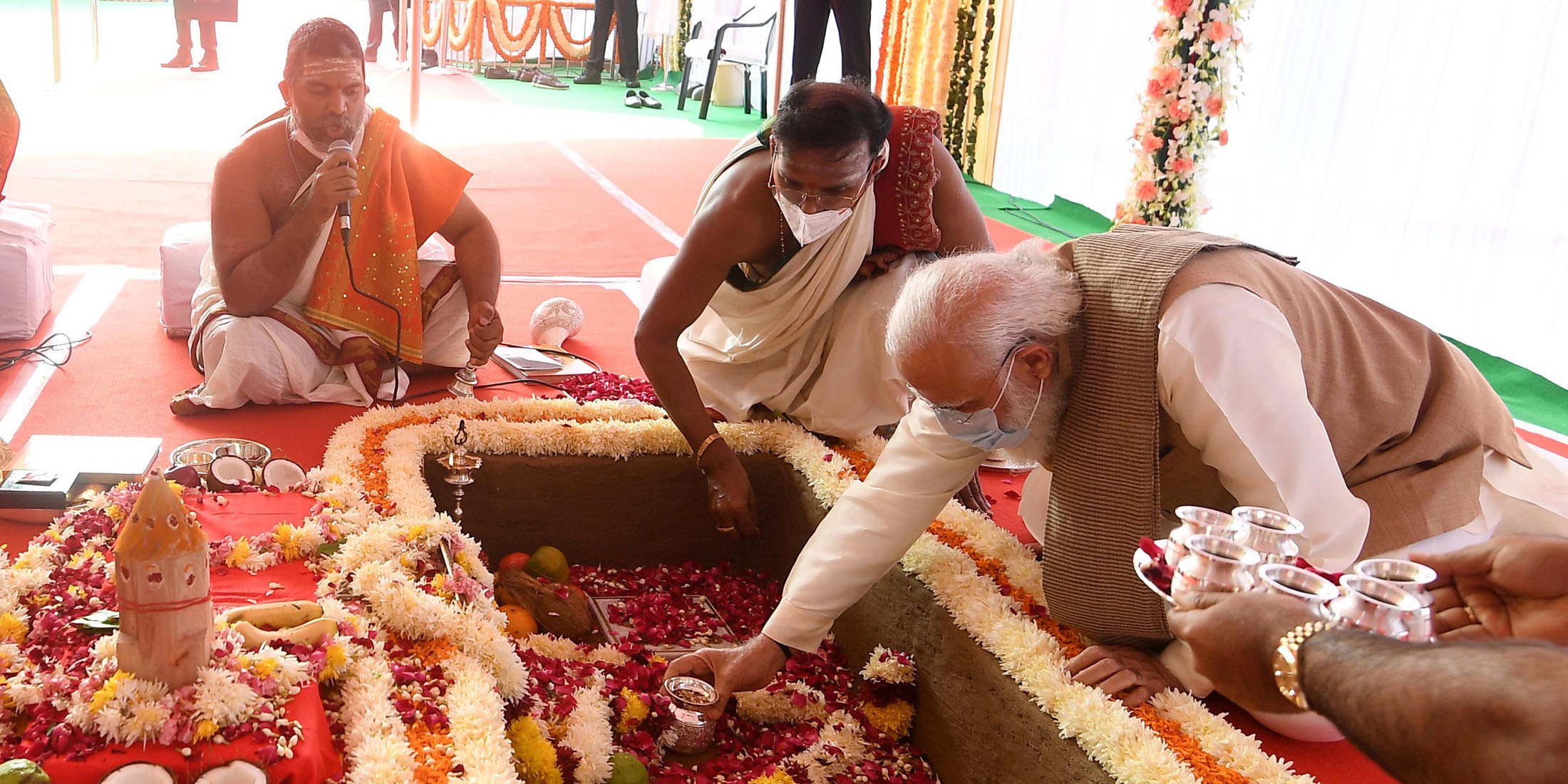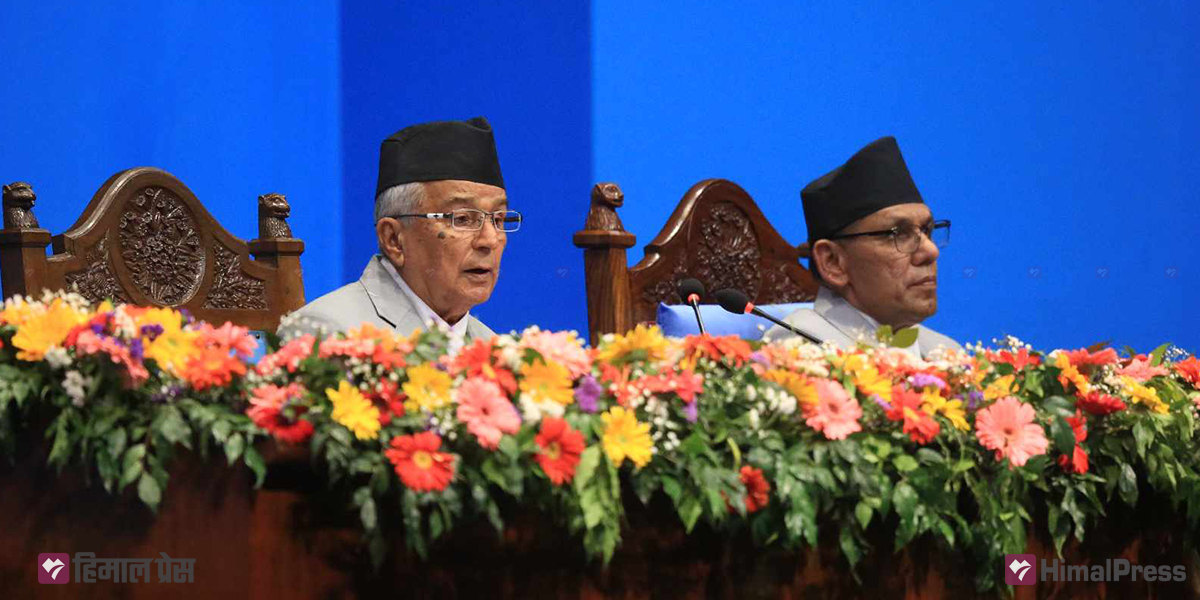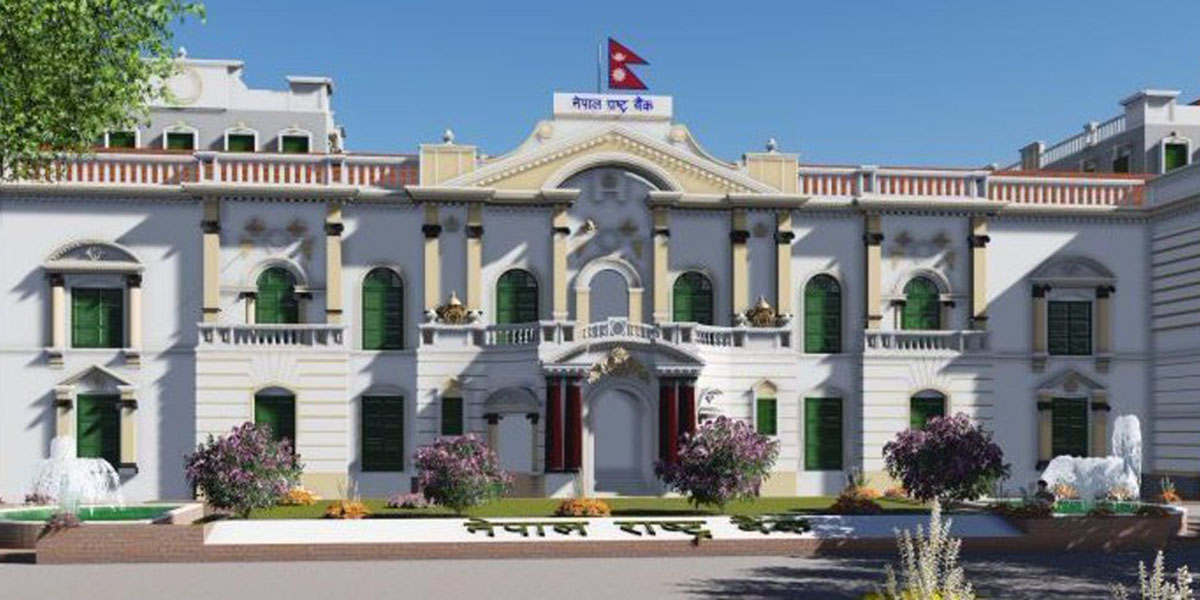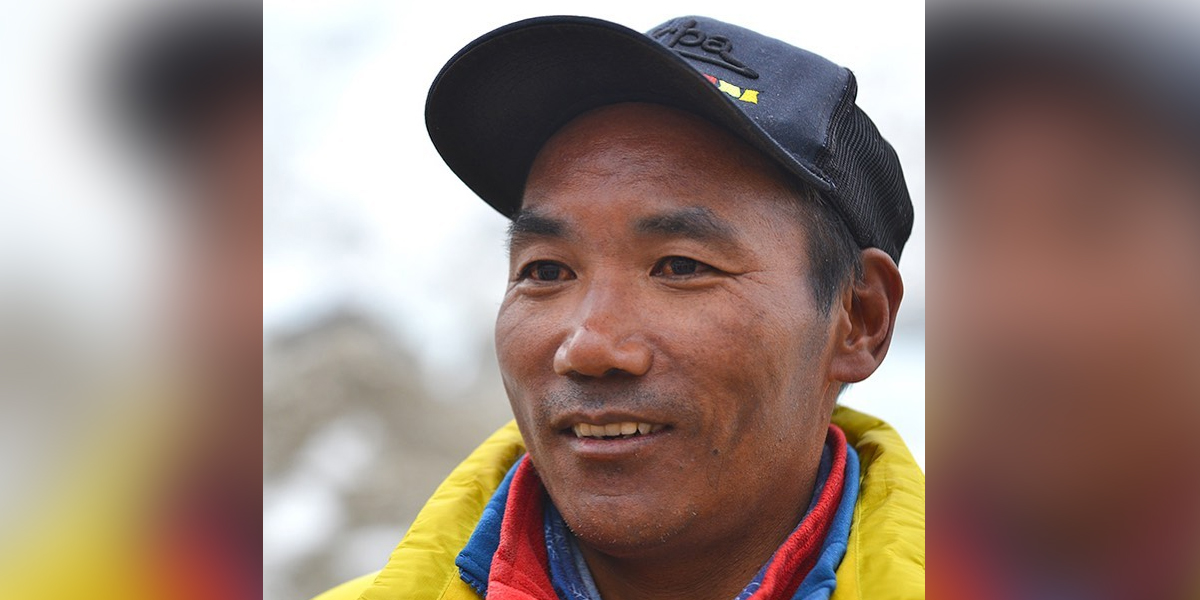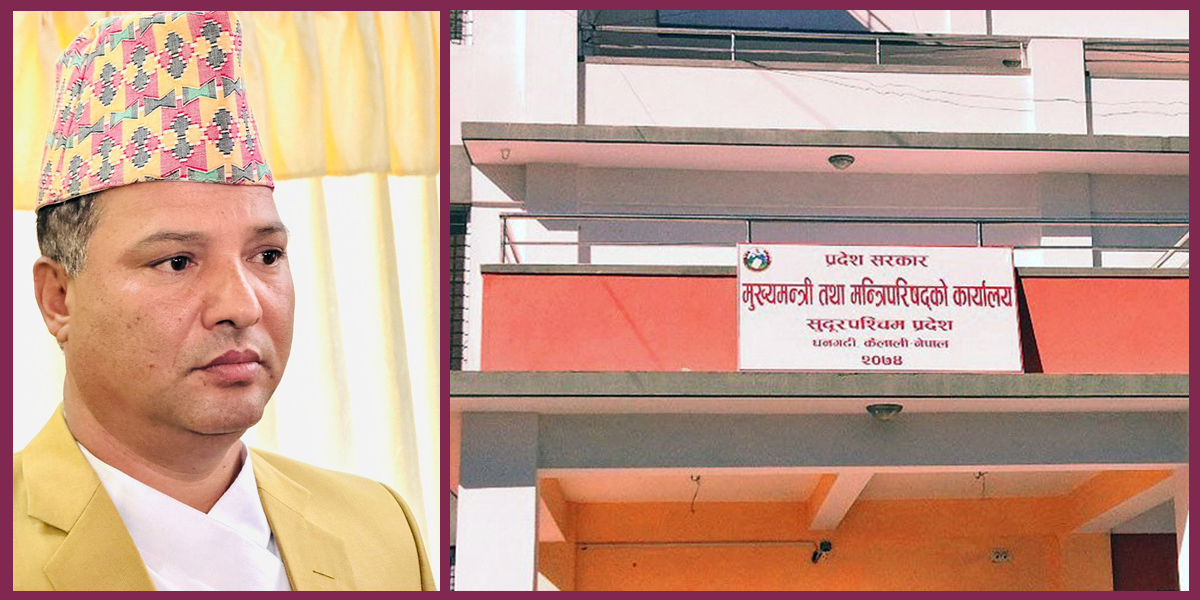 Students of Laxmi Secondary School in Dhanusha's Bateshwar Rural Municipality take to the streets to protest lack of subject teachers.
Photo Courtesy: KNKhabar.Com
Students of Laxmi Secondary School in Dhanusha's Bateshwar Rural Municipality take to the streets to protest lack of subject teachers.
Photo Courtesy: KNKhabar.Com
KATHMANDU: While the School Education Examination (SEE) is drawing closer, Grade 10 students of Laxmi Secondary School in Bateshwar Rural Municipality of Dhanusha have not had english and social studies classes for the past six months.
The school has 60 students in Grade 10. The absence of subject teachers has left the students unable to attend English and Social Studies classes, causing them to feel unprepared for the upcoming School Education Examination (SEE).
The Grade 10 students at Prabhat Secondary School in Chhayanath Municipality of Mugu are facing a similar challenge. Due to the shortage of subject teachers, they are only able to attend three classes. The teachers at the school are also frustrated with the lack of action from the education department of the rural municipality and the school management committee.
Not only these two schools, but most of the schools in rural areas also are unable to hold regular classes due to a shortage of subject teachers. The issue persists in Grades 11 and 12 as well.
Although the government has changed the curriculum, it has failed to provide specific subject teachers to schools. Education ministry officials acknowledge that this has resulted in problems, as they have not been able to assign teachers to schools due to the lack of approved postings.
According to the Education and Human Resources Development Center under the Department of Eucation, it has transferred 9,986 teachers to address the mismatch in postings of 12,835 teachers. Despite these efforts, the lack of subject teachers remains a persistent problem. The Teachers Service Commission (TSC) has been making periodic efforts to recruit and promote teachers, but the shortage continues.
Legal complexities
Deepak Sharma, the spokesperson for the Ministry of Education, Science and Technology, has attributed the ongoing shortage of subject teachers to the government’s failure to add postings for such teachers.
The Teachers Service Commission (TSC) has been recruiting teachers based on the old law due to the delay in the formulation of the Federal Education Act. He stated that the posts of subject teachers can only be created once the new law comes into effect.
The government has plans to recruit 4,750 teachers for subjects such as mathematics, science, and English, and 2,600 for Grades 6-8. However, the recruitment process has been hampered by the lack of relevant laws. Additionally, schools are facing difficulties in recruiting teachers due to a shortage of resources. As a result, most schools in the country are struggling to secure subject teachers for both lower secondary and secondary levels.
According to Mahashram Sharma, chairman of the National Examination Board (NEB), the government has also faced challenges in creating postings for teachers for Grades 11 and 12. “Although the NEB has provided its suggestions to the government specifying the number of teachers needed, no action has been taken to address the shortage,” he added.
About 4,000 community schools are offering education up to Grade 12. The government has been providing each with two temporary teachers and a few partial teachers, as well as teachers funded by grants, on top of the approved postings. The number of such teachers totals around 6,000.
Posting mismatch persists
The government has been unable to resolve the issue of posting mismatches in government schools. While schools in urban areas have ample teachers for the primary level, many schools in rural areas are struggling with a shortage of teachers, with some having only one or two.
Many schools in both the Karnali Province and Madhesh Province are suffering from a shortage of teachers. Despite the surplus of teachers in urban areas, relevant government agencies have been unable to redirect them to schools in need. This has contributed to the ongoing teacher shortage in these regions.
Ranjit Jang Adhikari, the chief executive of Naraha Rural Municipality in Siraha, stated that the lack of guidelines has hindered their ability to address the posting mismatch. Adhikari commented, “There are many issues related to teachers in Madhesh Province, but the local government has been unable to establish guidelines to address them.”
According to Adhikari, the rural municipality has not been able to prepare a guideline due to resistance from schools with surplus teachers, who do not agree to reduce their allotted number of postings. He also noted that there is a lot of political intervention in the matter.
Policy Hurdles
Schedule 3 (D) of Education Regulations clearly states that community schools should have five teachers for the secondary level, four for the lower secondary level, three for the primary level (Grades 1-3), and two for the pre-primary level. Schools running classes up to Grade 12 should have postings for seven additional teachers.
Although Clause 3 of the Education Act, 8th Amendment, defines basic education as classes from pre-primary to Grade 9, and secondary education as Grades 9-12, classes of Grades 11 and 12 are being run under a different structure. As a result, the vacant postings for secondary education are not covering Grades 11 and 12.
School education has been impacted even after the restructuring of the school education system, due to the delay in formulating the education act in accordance with the new constitution.

 Himal Press
Himal Press 
